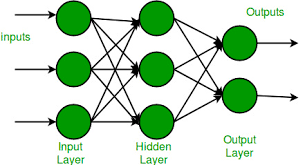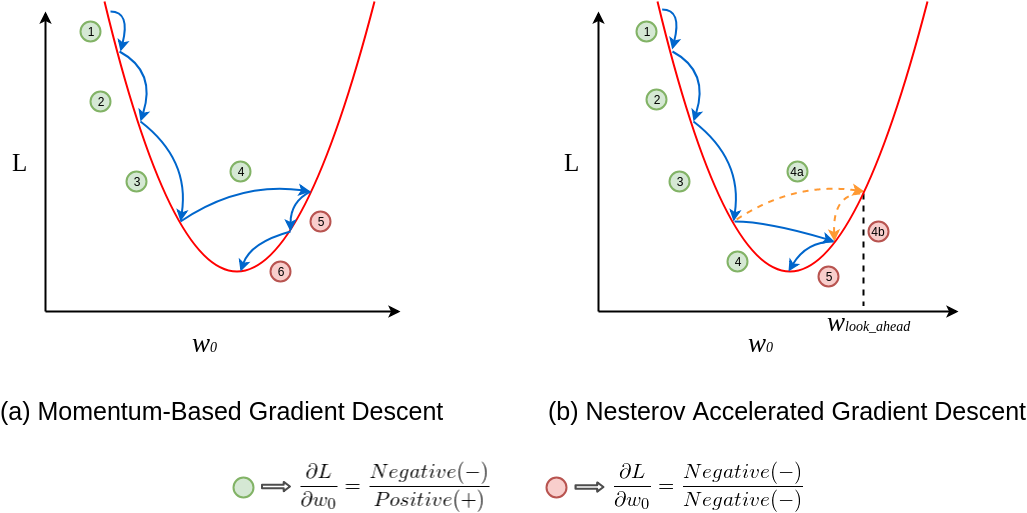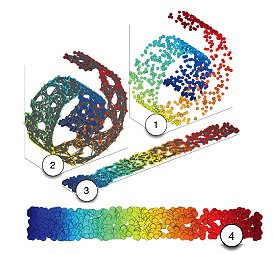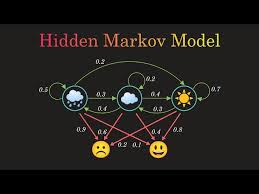A Brief History: Who Developed Principal Component Analysis? Principal Component Analysis (PCA), first introduced by Karl Pearson in 1901, revolutionized data analysis by uncovering the underlying patterns in datasets. Harold Hotelling later extended its applications in the 1930s, cementing PCA …
The blog explains the history, functionality, and types of neural networks, detailing their applications and tools used in industries like healthcare, traffic optimisation, and economic modelling. It also emphasises the significance of neural networks in addressing challenges in machine learning.
The Multilayer Perceptron (MLP) is a foundational neural network model that transforms machine learning with its ability to solve non-linear problems and extract features automatically. This blog explores its history, structure, tools, and impactful applications across Australian industries.
Momentum and Nesterov Momentum are essential optimisation techniques that accelerate machine learning training by smoothing updates and improving accuracy. This blog explores their history, functionality, features, and applications, including their impact in Australian industries like healthcare and environmental forecasting.
Manifold learning simplifies high-dimensional data into low-dimensional representations while preserving structural integrity. This blog explores its techniques, features, tools, and applications in Australian government sectors like education and agriculture.
KD-Trees, introduced in 1975 by Jon Bentley, revolutionised multidimensional data processing with their efficiency and adaptability. This blog explores their history, features, types, tools, and applications in Australian industries like geoscience and urban planning.
The Hinge cost function, introduced in the 1990s, is vital for improving classification models by maximising margins and penalising misclassifications. This blog explores its history, features, tools, and applications in Australian industries like healthcare and transportation.
Hidden Markov Models (HMMs) are powerful tools for uncovering patterns in sequential data, with applications spanning healthcare, transport, and finance. This blog delves into their history, functionality, tools, and real-world impact in Australia.
A Brief History: Who Developed Hebb’s Rule? Hebb’s rule, a cornerstone of neural learning, was introduced in 1949 by Canadian psychologist Donald Hebb. Often considered the foundation of modern neural network research, Hebb’s rule has profoundly influenced fields like machine …
Gibbs sampling, a cornerstone of Bayesian statistics, enables efficient sampling from complex probability distributions. This blog explores its history, functionality, tools, and applications in Australian industries like health, statistics, and climate modelling.










